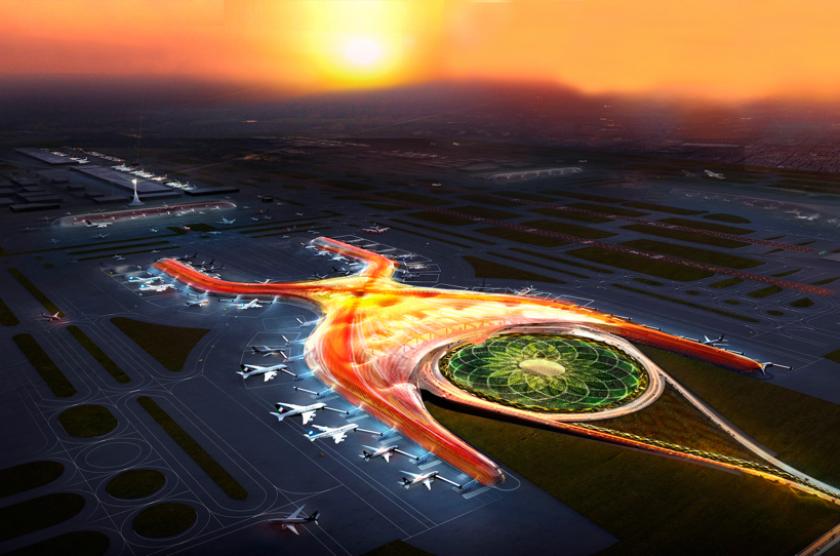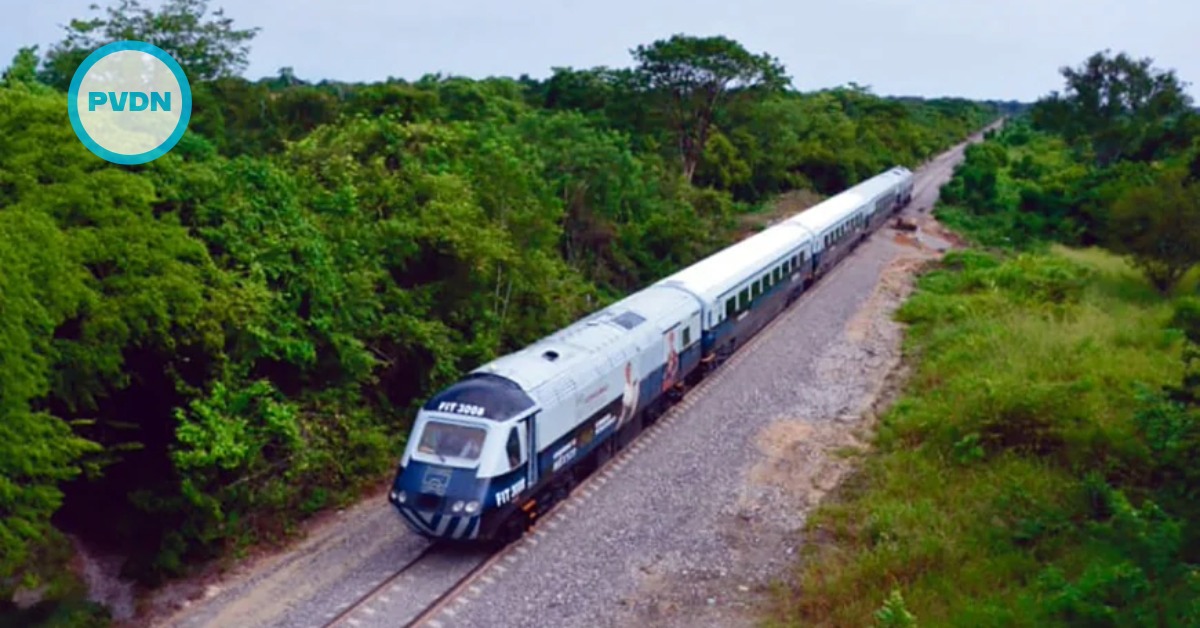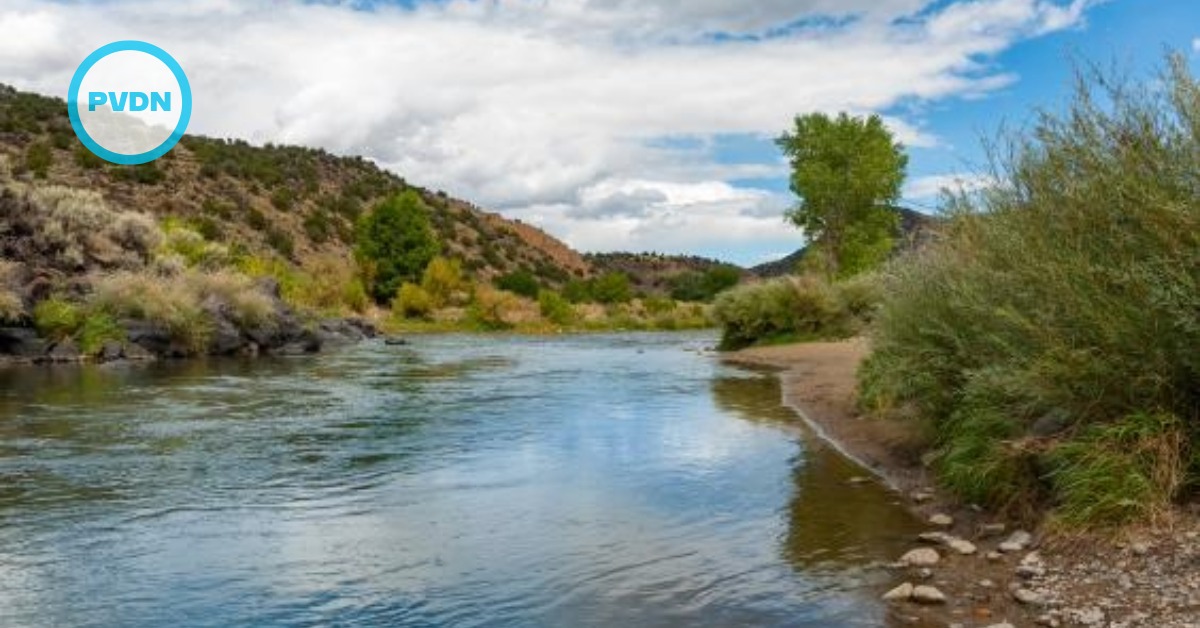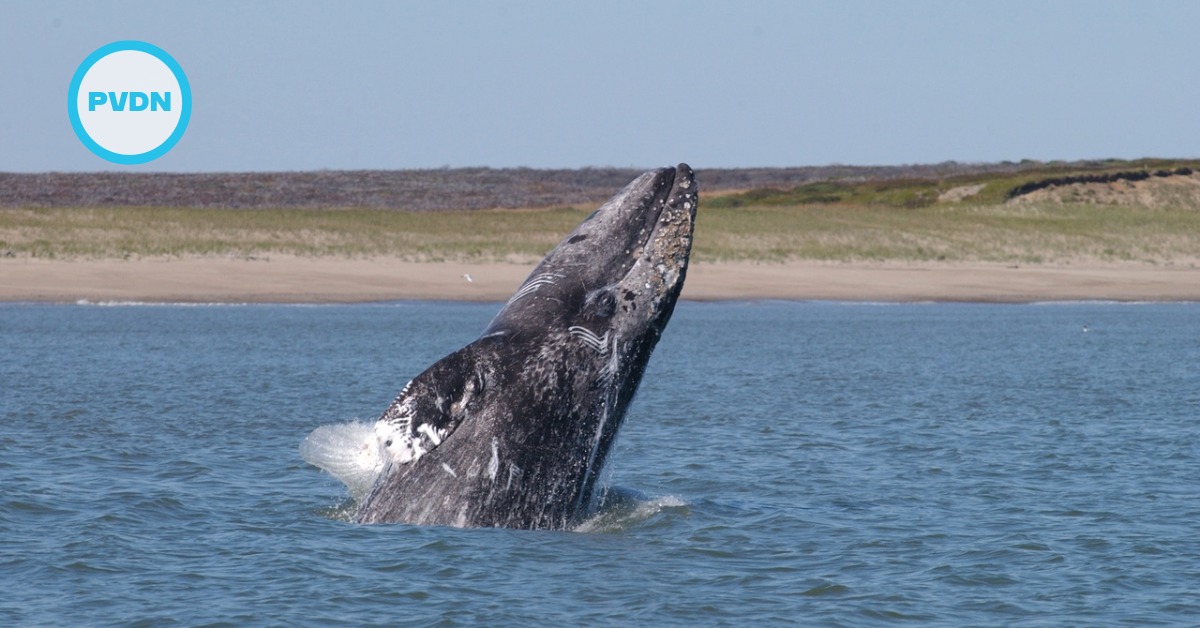Mexico City long ago outgrew the two-terminal Benito Juárez International Airport, which is notorious for delays, overcrowding and canceled flights.
Construction is now underway on a striking new international airport east of this metropolis of 20 million. When it opens in late 2020, the LEED-certified new airport – whose terminal building was designed by renowned British architect . . .






